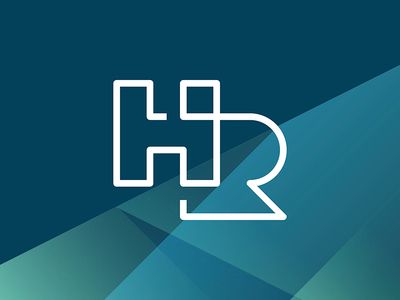Human resources (HR) play a critical role in any organization by managing its most valuable asset—its people. Effective HR practices not only improve employee satisfaction but also contribute to the overall success of a business. Here are some good examples of human resources functions and strategies that exemplify excellence in the field:
1. Recruitment and Talent Acquisition
One of the primary responsibilities of HR is attracting and hiring the right talent. Examples include:
- Job postings on diverse platforms: Utilizing job boards, social media, and company websites to reach a wide audience.
- Structured interview processes: Implementing competency-based interviews to ensure fairness and effectiveness.
- Employee referrals: Encouraging current employees to recommend candidates.
2. Onboarding and Training
Effective onboarding and continuous training programs help employees adapt and grow. Examples include:
- Comprehensive orientation programs: Introducing new hires to the company culture, values, and expectations.
- Skill development workshops: Offering training sessions to enhance both technical and soft skills.
- Mentorship programs: Pairing new employees with experienced team members for guidance.
3. Performance Management
Monitoring and improving employee performance is a core HR function. Examples include:
- Regular performance reviews: Conducting quarterly or annual appraisals to discuss goals and achievements.
- 360-degree feedback: Gathering input from peers, subordinates, and supervisors to provide well-rounded evaluations.
- Personalized development plans: Creating strategies tailored to individual career aspirations and skill gaps.
4. Employee Engagement and Retention
Keeping employees motivated and reducing turnover are vital for organizational stability. Examples include:
- Recognition programs: Celebrating employee achievements through awards, shoutouts, or bonuses.
- Work-life balance initiatives: Offering flexible schedules, remote work options, or wellness programs.
- Surveys and feedback channels: Regularly collecting employee opinions to address concerns and improve satisfaction.
5. Compensation and Benefits
Competitive pay and benefits packages are essential for attracting and retaining talent. Examples include:
- Market-aligned salaries: Offering compensation that reflects industry standards.
- Health and wellness benefits: Providing health insurance, gym memberships, or mental health support.
- Retirement plans: Offering 401(k) or pension plans with employer contributions.
6. Compliance and Legal Support
HR ensures that the organization adheres to labor laws and regulations. Examples include:
- Policy creation: Developing and enforcing workplace policies on harassment, discrimination, and safety.
- Record keeping: Maintaining accurate employee records to comply with legal requirements.
- Conflict resolution: Mediating disputes between employees or between employees and management.
7. Diversity and Inclusion
Promoting a diverse and inclusive workplace fosters innovation and collaboration. Examples include:
- Diversity training: Educating employees on unconscious bias and cultural awareness.
- Inclusive hiring practices: Ensuring equal opportunities for candidates from all backgrounds.
- Employee resource groups (ERGs): Supporting groups based on shared characteristics or interests.
8. Succession Planning
Preparing for future leadership needs is critical for long-term success. Examples include:
- Identifying high-potential employees: Recognizing individuals with leadership capabilities.
- Leadership development programs: Providing training and mentorship for future leaders.
- Career pathing: Outlining clear growth opportunities within the organization.
9. Technology Integration
Leveraging technology streamlines HR processes and improves efficiency. Examples include:
- HR software systems: Using platforms like SAP, Workday, or BambooHR for payroll, performance tracking, and benefits management.
- Employee self-service portals: Allowing employees to manage their own information and benefits.
- Data analytics: Analyzing workforce trends to make informed decisions.

